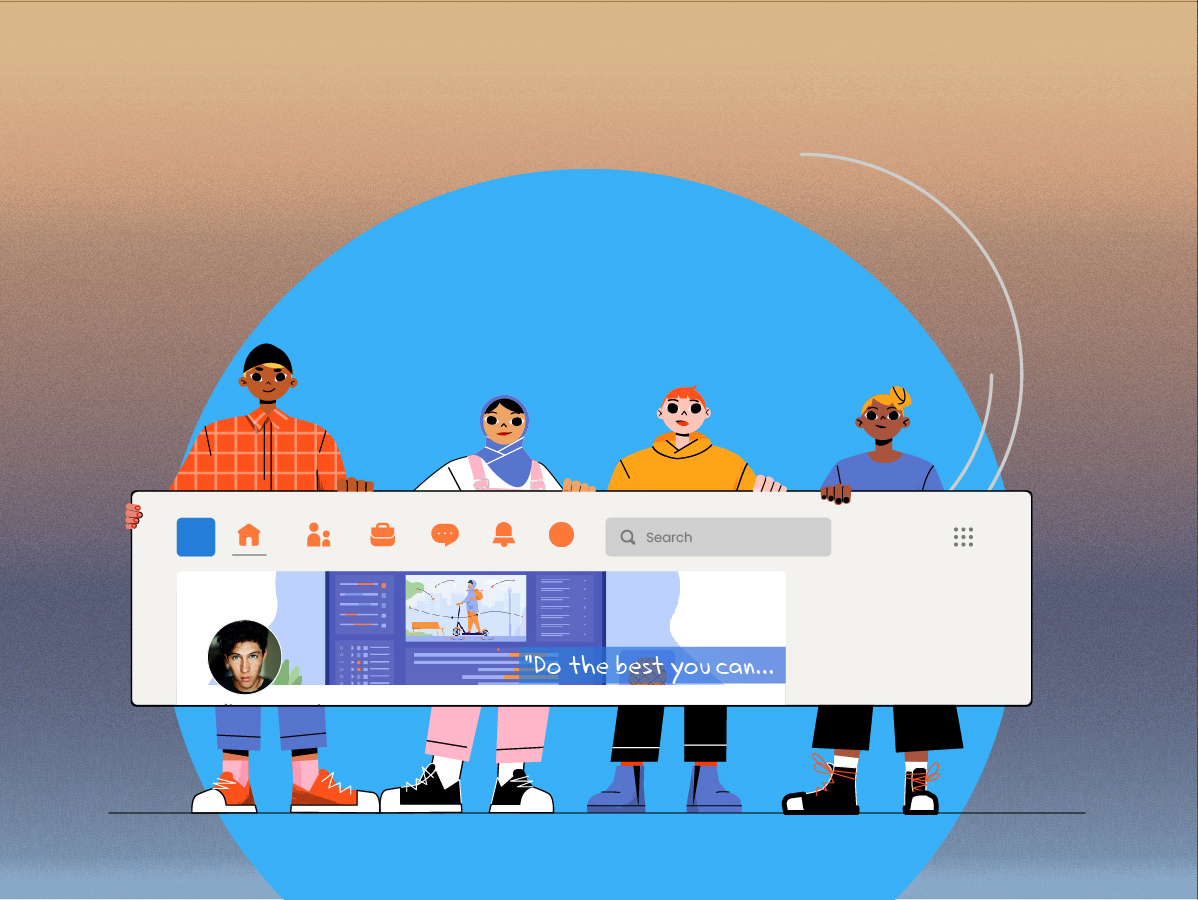In today’s ever-evolving business landscape, customer demands and expectations are undergoing a dramatic shift. With a multitude of choices available at their fingertips, prospects expect businesses to go above and beyond in delivering personalized experiences. One crucial aspect where this personalized effort plays a vital role is in the follow-up messaging sequence. For Sales Development Representatives (SDRs), mastering the art of crafting personalized and impactful follow-up messages has become imperative.
In this blog, we will explore nine essential steps that will equip SDRs with the skills to navigate this transformative landscape and excel in their follow-up messaging sequences.
9 Steps to Master the Follow-up Messaging Sequence
Mastering the follow-up messaging sequence is a crucial skill for businesses aiming to convert prospects into loyal customers. By implementing well-structured follow-up strategies, SDRs can nurture relationships, address prospect concerns, and build trust. Here are nine essential steps to help you excel in this vital aspect of the sales process.
- Understand Your Target Audience
Before crafting follow-up message sequences, take the time to thoroughly research and understand your target audience. Analyze their pain points, preferences, and industry-specific challenges. This knowledge will enable you to tailor your messages to resonate with their specific needs, showcasing your expertise and building rapport.
How it Helps: Tailoring your messages based on prospect insights increases relevancy, showing prospects that you understand their unique challenges and can offer valuable solutions.
- Craft Compelling Messages
Create follow-up messages that stand out from the crowd. Craft attention-grabbing subject lines and personalize each message to make it relevant to the prospect’s individual situation. Compelling messages increase the chances of getting noticed and encourage prospects to take the desired action. Remember, only 2% of sales happen after the first contact. If you fail to craft a compelling follow-up message, you lose out on 98% of potential sales.
How it Helps: Crafting compelling messages helps capture prospects’ attention, build rapport, and increase engagement, leading to a higher likelihood of converting them into satisfied customers.
- Determine the Optimal Sequence and Timing
Plan the number of follow-up messages in your sequence and the time intervals between each touchpoint carefully. A well-paced sequence prevents overwhelming prospects while maintaining consistent communication, ensuring your brand remains on their radar throughout their decision-making process. SDRs who follow up within 24 hours of first contact get a response rate of over 25%.
How it Helps: Determining the optimal sequence and timing helps maintain consistent and well-timed interactions, maximizing prospects’ receptivity and enhancing the chances of successful conversions.
- Utilize Multiple Communication Channels
Integrate various communication channels like email, phone calls, social media, and direct mail in your follow-up sequence. By leveraging multiple touchpoints, you increase the likelihood of reaching prospects in their preferred mode of communication, maximizing your chances of engagement and response.
How it Helps – Utilizing multiple communication channels helps broaden outreach, cater to diverse preferences, and improve the overall chances of engaging prospects effectively, leading to increased conversions.
- Focus on Lead Nurturing
Offer valuable and educational content in your follow-up messages to nurture leads effectively. By providing insights, resources, and solutions, you build trust and credibility, positioning yourself as a reliable partner throughout their buyer’s journey.
How it Helps – Focusing on lead nurturing helps build trust, establish credibility, and guide prospects through the buyer’s journey, resulting in stronger relationships and higher conversion rates.
- Address Objections and Concerns
Anticipate and address common objections prospects may have in your follow-up messages. Acknowledging and overcoming these concerns demonstrates your attentiveness and expertise, instilling confidence in prospects and encouraging them to move forward.
How it Helps – Addressing objections and concerns helps alleviate doubts, builds confidence in prospects, and removes barriers to purchase, facilitating smoother conversions and fostering long-term customer relationships.
- Monitor and Measure Success
Track key metrics like open rates, response rates, and conversions to gauge the effectiveness of your follow-up sequences. Monitoring these metrics provides valuable insights into what resonates with your prospects and allows you to make data-driven adjustments for better performance.
How it Helps – Monitoring and measuring success provides valuable insights into the effectiveness of follow-up strategies, allowing for data-driven optimizations that lead to improved conversion rates and overall sales performance.
- A/B Test Your Sequences
Conduct A/B testing to compare different message variations and timings. By experimenting with different approaches, you can identify the most effective elements of your follow-up messages, optimizing them for improved engagement and conversion rates.
How it Helps – A/B testing your sequences helps uncover the most compelling content and communication styles, enabling you to fine-tune your follow-up approach and tailor messages that resonate best with your target audience, ultimately driving higher conversion rates.
- Avoid Over-Communication and Lack of Personalization
Strike a balance between staying persistent and avoiding over-communication that might turn prospects away. Simultaneously, ensure your messages remain personalized and relevant to each prospect, fostering meaningful connections that enhance the overall customer experience.
How it Helps – Avoiding over-communication maintains a positive brand perception, prevents prospects from feeling annoyed or disengaged, and preserves the potential for meaningful interactions, ultimately increasing the chances of successful conversions.
Conclusion
In the competitive world of sales, leveraging the art of follow-up messages is no longer optional; it is a necessity. By putting in the effort to craft compelling follow-up messages, SDRs can elevate their sales game, foster stronger connections, and unlock a world of opportunities for their businesses. As customer expectations continue to evolve, those who adeptly navigate the art of follow-up messaging will undoubtedly thrive in this ever-changing sales landscape.
Stay tuned with expandi for more interesting and informative articles!





